Invasive Weeds: The
Title: Invasive Weeds: The Silent Threat to Our Ecosystems
Introduction:
Invasive weeds are a silent threat to our ecosystems. They can outcompete native plants, alter habitats, and disrupt food chains. In some cases, they can even pose a danger to human health.
This blog post will explore the issue of invasive weeds, discussing what they are, how they spread, and the damage they can cause. We will also look at some of the ways that we can control and prevent invasive weeds.
Main Content:
What are invasive weeds?
Invasive weeds are non-native plants that have been introduced to an area where they do not naturally occur. They can be introduced accidentally, through human activities such as shipping, or intentionally, for example as ornamental plants.
Once invasive weeds establish themselves in a new area, they can quickly spread. They often have no natural enemies in their new environment, which allows them to grow unchecked.
How do invasive weeds spread?
Invasive weeds can spread in a number of ways, including:
- Seeds: Invasive weeds can spread by their seeds being carried by wind, water, or animals.
- Fragments: Invasive weeds can also spread by fragments of their roots or stems being carried by water or animals.
- Cultivation: Invasive weeds can be spread by humans through activities such as gardening or agriculture.
The damage caused by invasive weeds
Invasive weeds can cause a variety of problems, including:
- Outcompeting native plants: Invasive weeds can outcompete native plants for resources such as water, sunlight, and nutrients. This can lead to the decline or even extinction of native plants.
- Altering habitats: Invasive weeds can alter habitats by changing the composition of plant communities. This can have a knock-on effect on other animals and organisms that rely on those habitats.
- Disrupting food chains: Invasive weeds can disrupt food chains by providing food and shelter for pests and predators. This can have a negative impact on populations of native animals.
- Posing a danger to human health: Some invasive weeds can pose a danger to human health. For example, some weeds can cause skin irritation or allergic reactions.
How to control and prevent invasive weeds
There are a number of ways to control and prevent invasive weeds, including:
- Manual removal: Invasive weeds can be removed manually by pulling them out or digging them up.
- Chemical control: Invasive weeds can be controlled using herbicides. However, herbicides can be harmful to the environment, so they should be used carefully.
- Biological control: Biological control involves introducing natural enemies of invasive weeds to control their populations.
- Education: Educating people about invasive weeds can help to prevent their spread.
Conclusion
Invasive weeds are a serious threat to our ecosystems. They can cause a variety of problems, including outcompeting native plants, altering habitats, disrupting food chains, and posing a danger to human health.
There are a number of ways to control and prevent invasive weeds, but it is important to act early. Once invasive weeds become established, they can be very difficult to control.
Invasive weeds are a major problem for ecosystems around the world. They can displace native plants, harm wildlife, and damage infrastructure. If you are interested in learning more about invasive weeds, I encourage you to visit the website Home Gardening.
This website provides a wealth of information about invasive weeds, including:
- A list of the most common invasive weeds in the United States
- Information on how to identify and control invasive weeds
- Tips for preventing the spread of invasive weeds
The website also includes a number of resources for further learning, such as articles, videos, and fact sheets.
Image of invasive weeds
- Japanese knotweed (Fallopia japonica) is a tall, bamboo-like weed that can grow up to 10 feet tall. It is a prolific reproducer and can quickly take over an area.
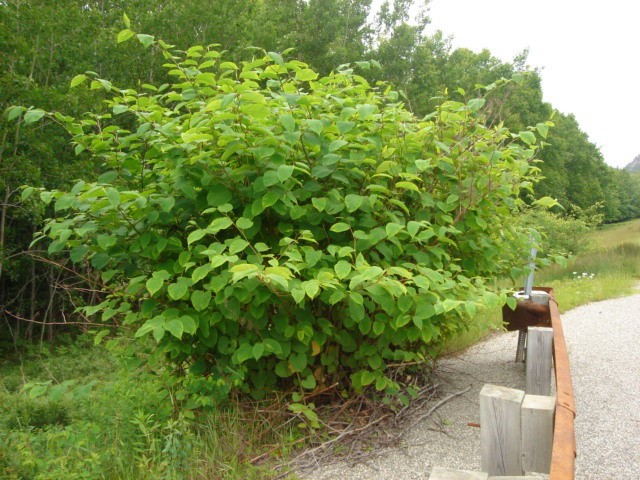
- Purple loosestrife (Lythrum salicaria) is a tall, showy wildflower that can grow in wet areas. It is a prolific seed producer and can crowd out native plants.
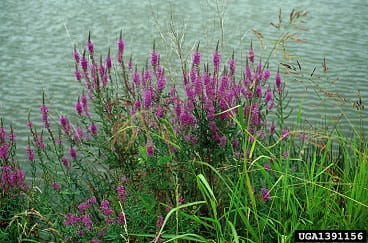
- Mile-a-minute weed (Persicaria perfoliata) is a fast-growing vine that can climb over other plants and smother them. It is also a prolific seed producer.
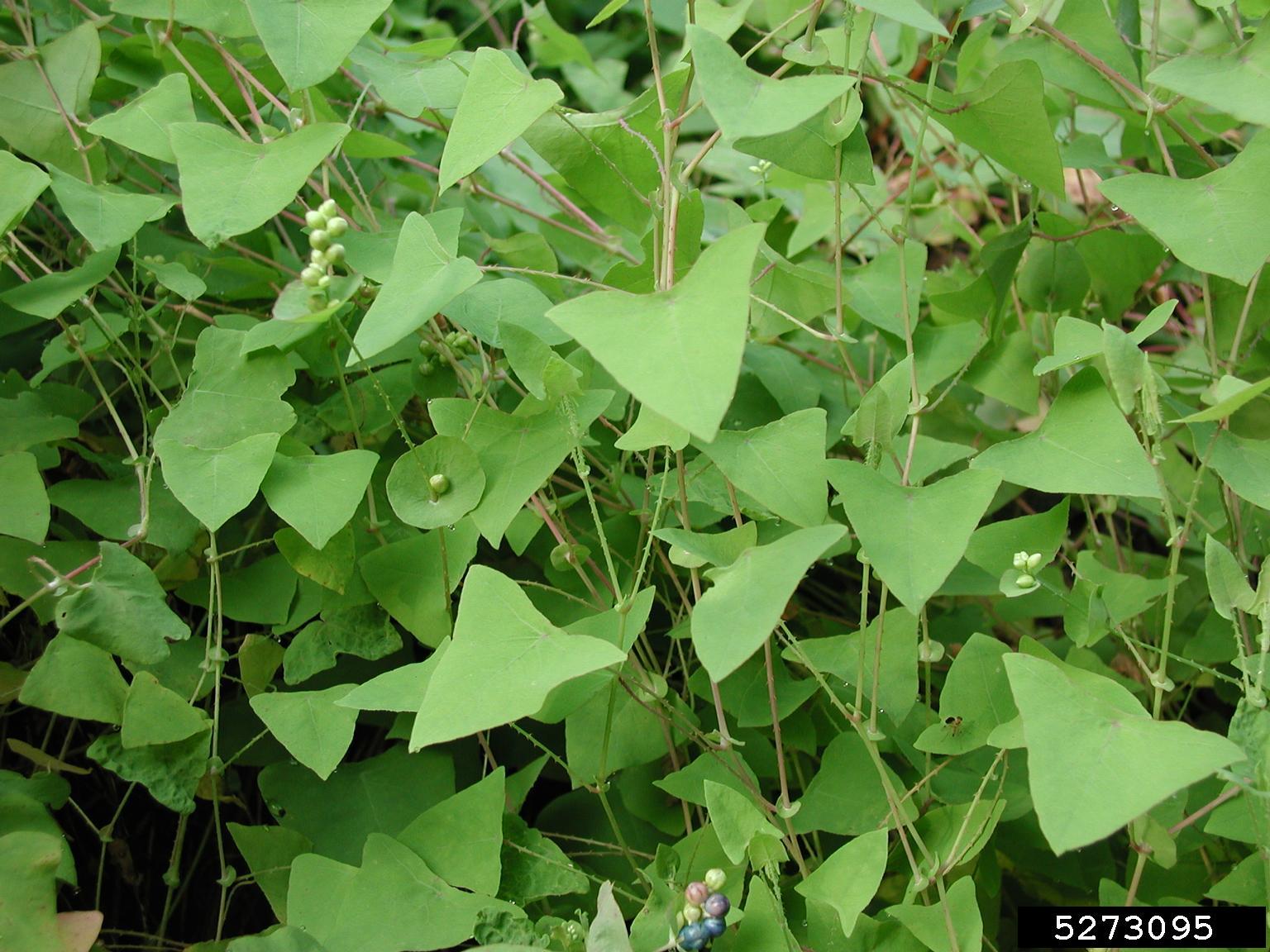
- English ivy (Hedera helix) is a climbing vine that can grow on trees, walls, and other structures. It can smother native plants and cause damage to buildings.
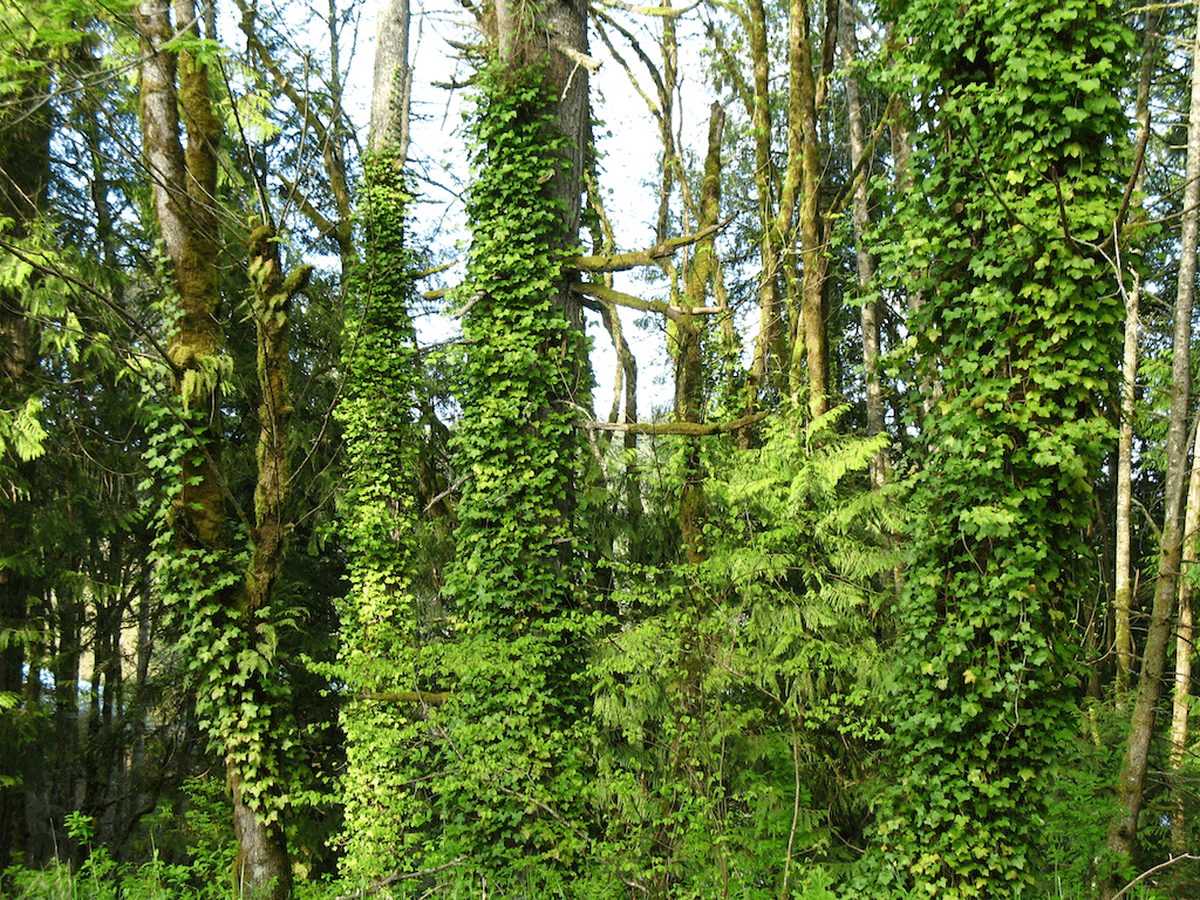
- Barbed wire vine (Polygonum cuspidatum) is a fast-growing vine that can climb over other plants and smother them. It also has sharp spines that can make it difficult to remove.

- Spotted knapweed (Centaurea stoebe) is a tall, yellow-flowered weed that can grow in disturbed areas. It is a prolific seed producer and can crowd out native plants.
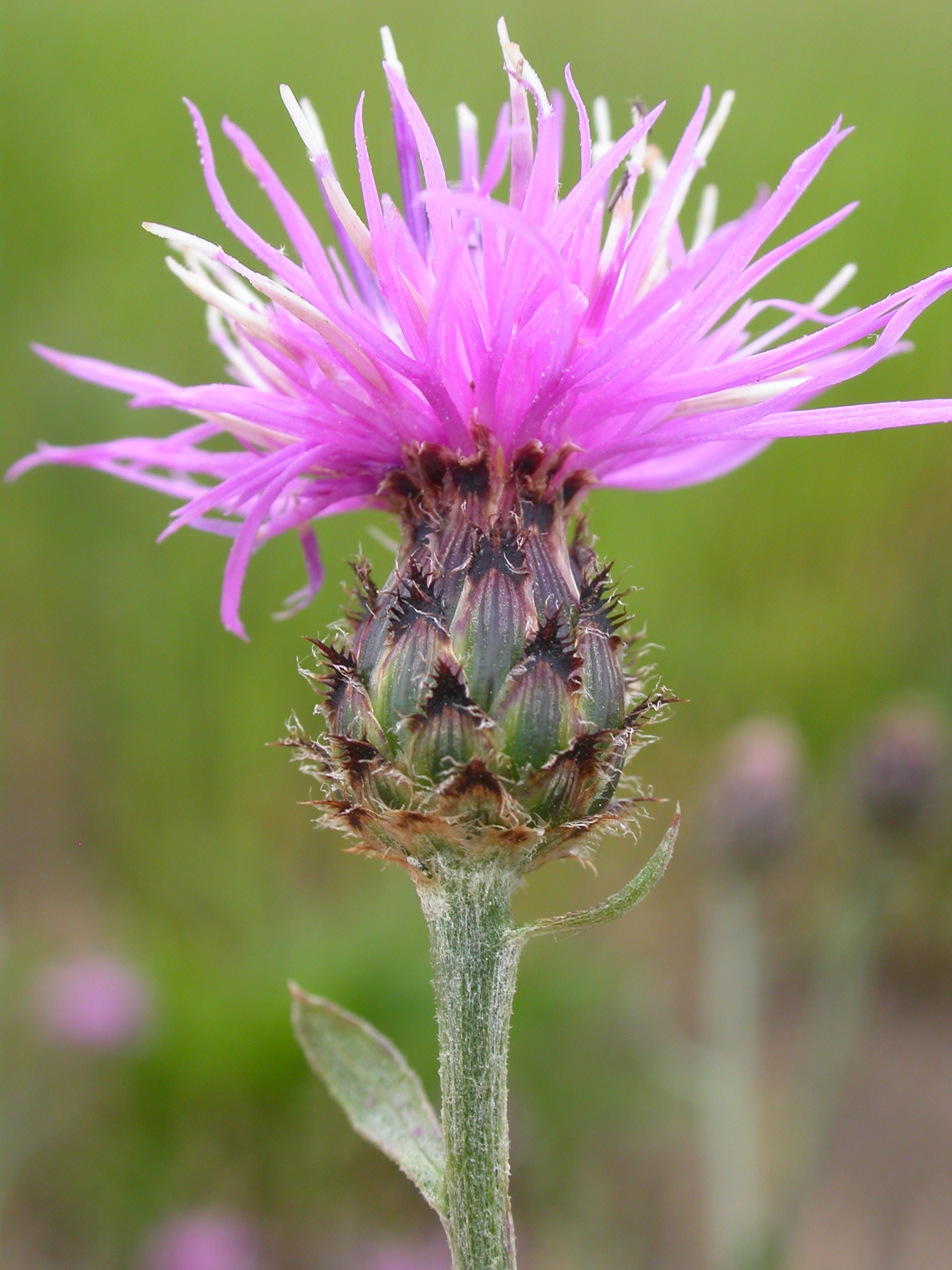
- Yellow starthistle (Centaurea solstitialis) is a tall, yellow-flowered weed that can grow in disturbed areas. It is a prolific seed producer and can crowd out native plants.
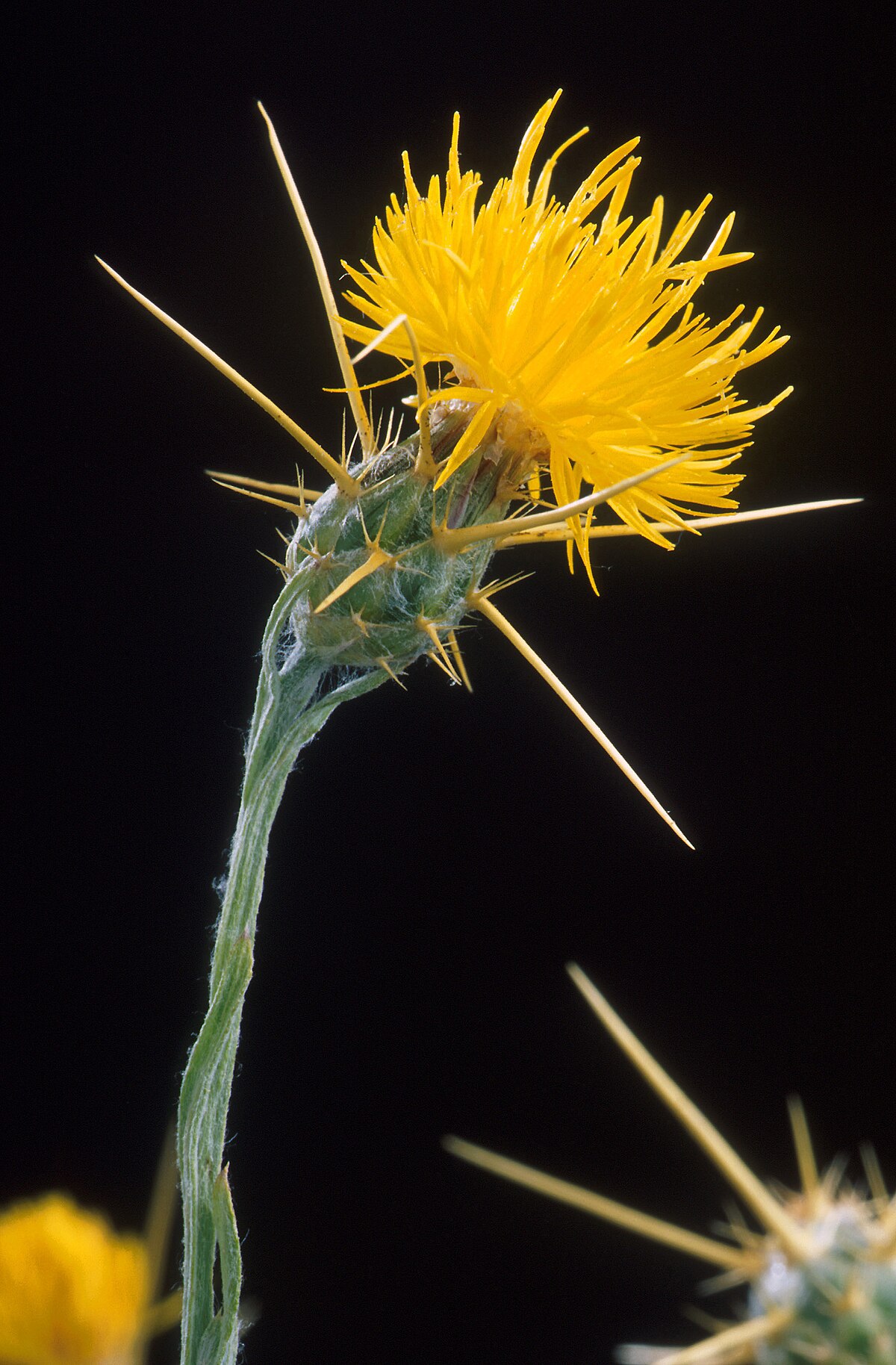
- Common ragweed (Ambrosia artemisiifolia) is a tall, green-flowered weed that is common in North America. It is a major allergen and can cause hay fever and other allergic reactions.
- Kudzu (Pueraria montana var. lobata) is a fast-growing vine that can grow over trees, walls, and other structures. It can smother native plants and cause damage to buildings.

Post a Comment for "Invasive Weeds: The"